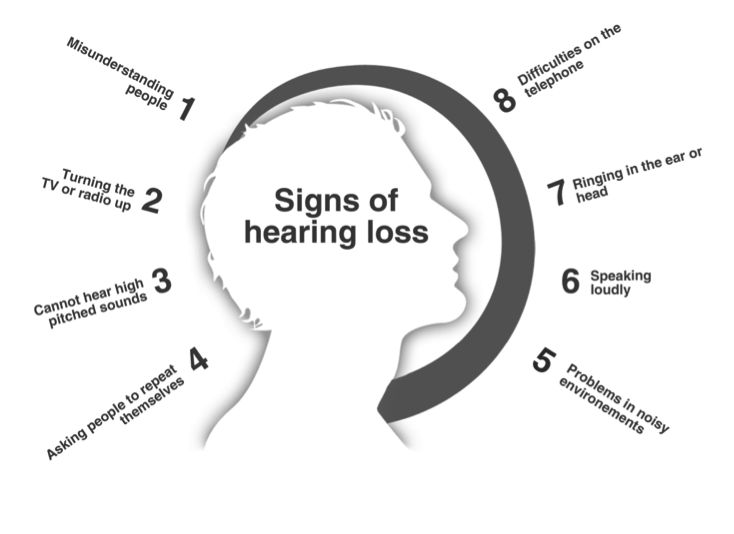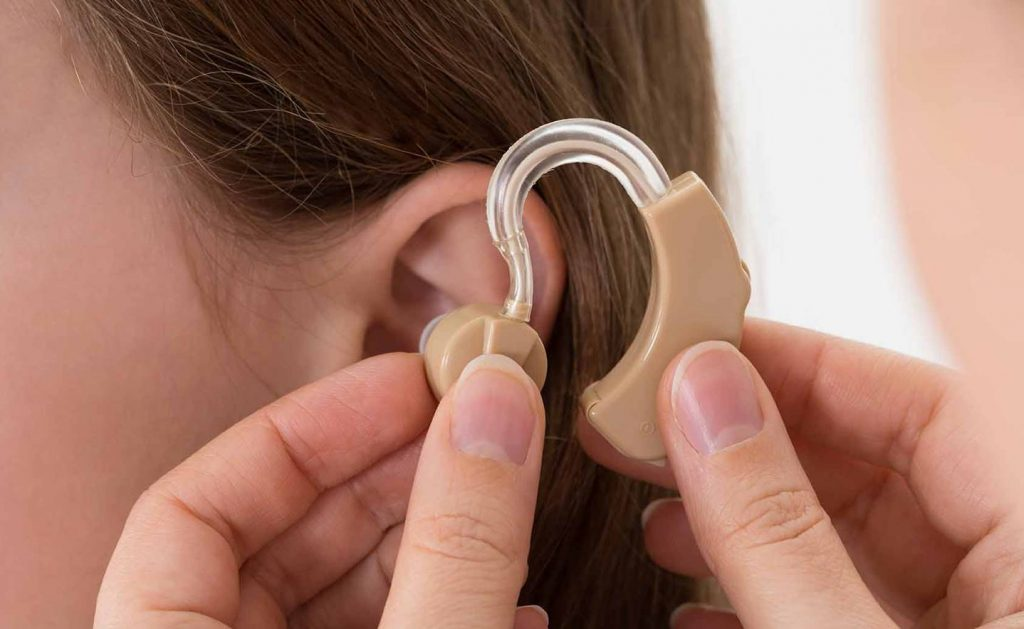Introduction
For individuals who use hearing aids, the initial step to achieve optimal hearing supplement effectiveness is to accurately assess the severity of their hearing loss, which has been a serious issue among people. In general, you can undergo a professional hearing test at a hospital or a hearing aid store to identify hearing loss.

What are the differences between individuals with varying degrees of hearing loss? Do they have the same hearing aid requirements? Let's delve into more details about varying degrees of hearing loss and related hearing aids.
Varying degrees of hearing loss
For those with normal hearing, the world is filled with rich, nuanced sounds, enabling effortless communication and interaction with their surroundings. For individuals with hearing loss, the range of sound size and frequency that patients with varying degrees of hearing loss can perceive differs. Therefore, patients need to classify hearing loss before selecting a suitable hearing aid.
According to the latest hearing loss rating standards released by the World Health Organization in 2021, hearing loss is classified into six grades: mild, moderate, severe, extremely severe, and complete hearing loss based on the severity of the condition.

-
Mild Hearing Loss
People with mild hearing loss may struggle to hear softer sounds or speech in noisy settings. While they can generally handle everyday conversations, they might miss certain words or phrases.
-
Moderate Hearing Loss
Moderate hearing loss can significantly impact an individual's ability to communicate effectively. Individuals with this level of hearing loss may need higher volume during conversations and frequently struggle to follow conversations in group settings.
-
Severe Hearing Loss
Individuals with severe hearing loss face significant challenges in understanding speech without amplification. They may rely on lip-reading or sign language to communicate effectively and benefit greatly from advanced hearing aid technology.
-
Profound Hearing Loss
Profound hearing loss is the most severe category, where individuals have very limited or no hearing capabilities. Communication for individuals with profound hearing loss often relies on visual cues and assistive devices such as cochlear implants to facilitate interaction.
The different demand for hearing aids
Whether it is mild to moderate hearing loss or severe and profound hearing loss, it can be effectively compensated for by hearing aids. However, since the degree of hearing loss varies, and the specific hearing issues differ, the demand for hearing aids also varies.

-
Hearing aids power
|
Hearing Loss |
Appropriate hearing aid Type |
Saturated Sound Pressure Level (dB SPL) |
|
Mild |
<105 |
Low |
|
Moderate |
105-114 |
Medium and small |
|
moderate to severe |
115-124 |
Medium |
|
Severe |
125-134 |
High |
|
Profound |
≥135 |
Very high |
Users need to choose the right power hearing aid according to their hearing loss. Of course, the power of the hearing aid is not the larger the better, the larger the output loudness, but will affect the clarity to a certain extent, and even damage hearing again. However, Some hearing aids are suitable for patients with mild to moderate high-frequency hearing loss, such as Nearity and Eargo.
-
Hearing aids performance
Users with severe and above level of hearing loss which has been classified, due to the narrowing of the dynamic range of hearing, the steep drop in high frequency, the poor speech recognition rate, and the reduction of hearing acuity and other factors, will lead to more complex hearing problems than users with mild and moderate hearing loss, so the performance requirements for all aspects of the hearing aid will be higher.
Some common brands with good performance are MD, Eargo, and Nearity. For instance, the Nearity HearPod Air stands out with its advanced noise-canceling technology that diminishes unwanted sounds, enabling you to focus on what truly matters to you. Also, it offers four audio processing algorithms that can be configured to suit various purposes. Nearity is worn as a single piece, which minimizes the risk of loss and allows independent volume adjustment for each ear.
Conclusion
By recognizing the distinct demands associated with identifying hearing loss and selecting appropriate hearing aid solutions, individuals can embark on a journey towards improved hearing health and enhanced quality of life. And the Nearity HearPod Air would be a suitable choice for the patient, providing an exceptional audio experience where each sound resonates with unparalleled crispness and clarity.
Additionally, Nearity offers complimentary online hearing tests. If you need this service, please contact marketing@nearity.co



